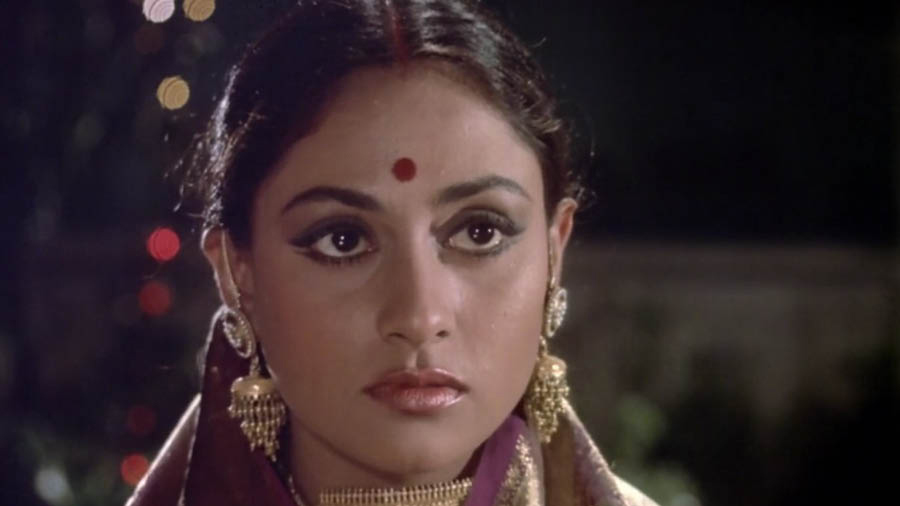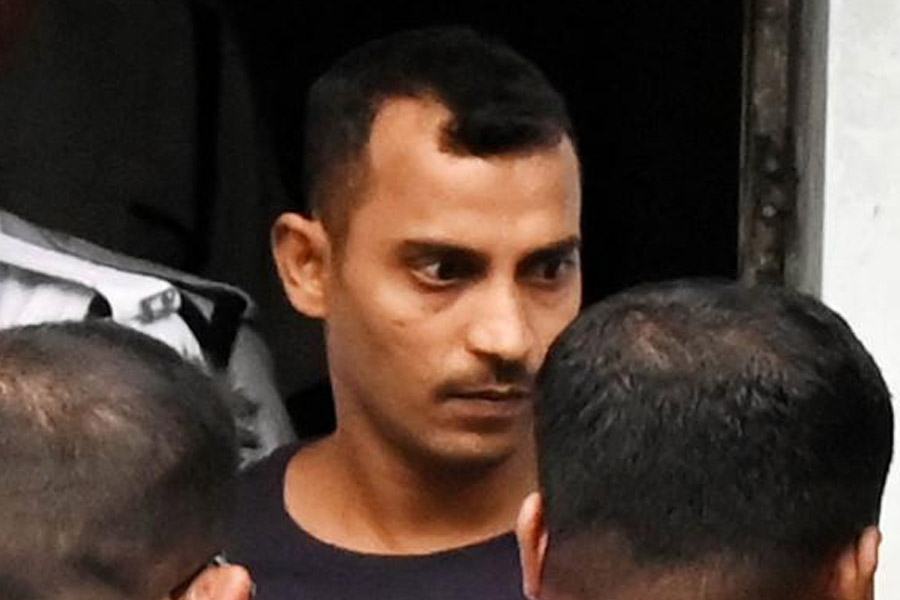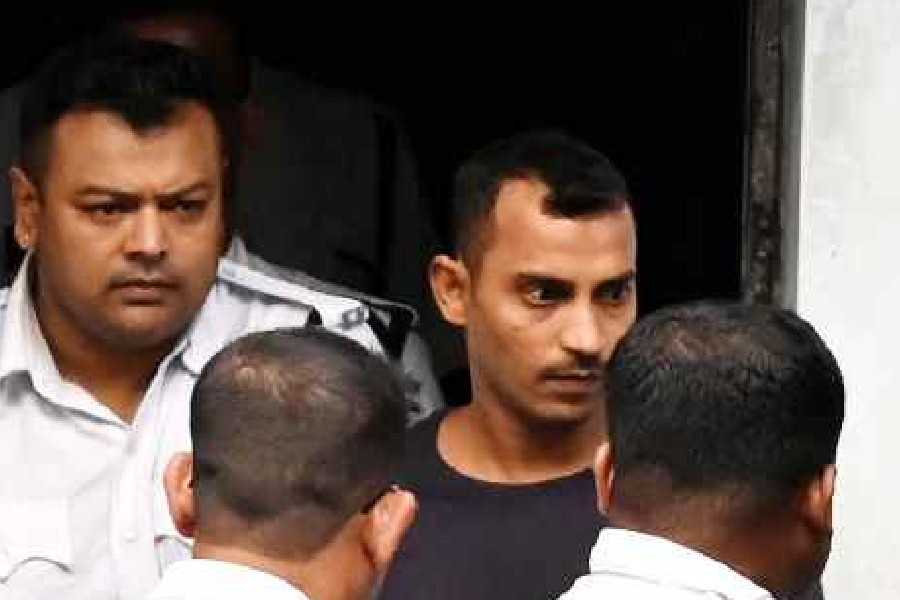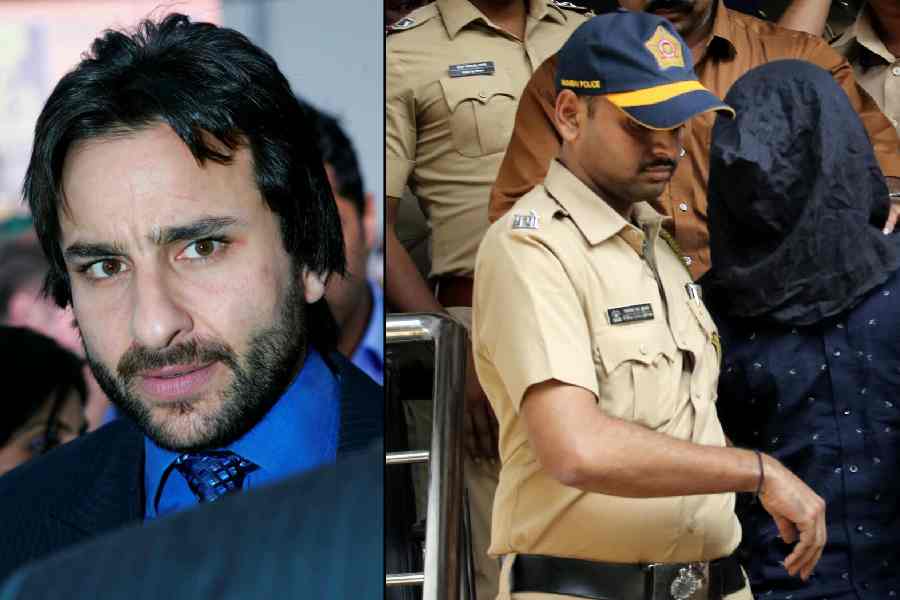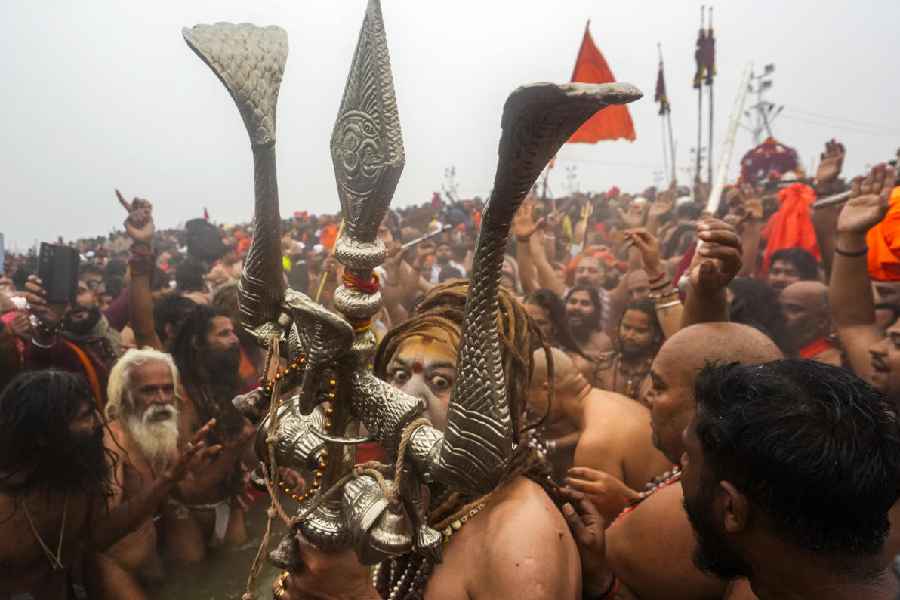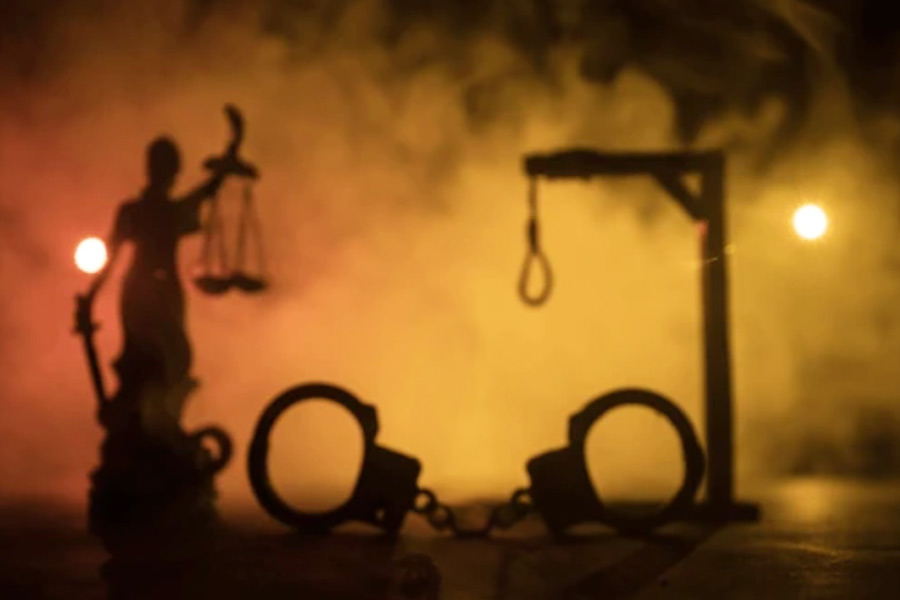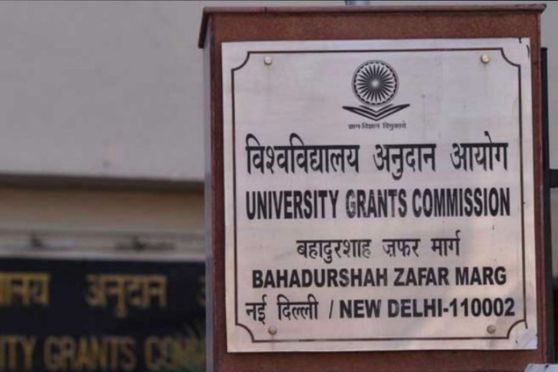If things had turned out a little differently, she would probably have emerged as the poster girl for the New Indian Cinema that came into its own in 1969 through three films that heralded the movement – Uski Roti, Sara Akaash and Bhuvan Shome. Enthralled by the experience of acting in a Satyajit Ray film (Mahanagar, 1963), where she played Bani, sister-in-law to the protagonist Aarti (Madhabi Mukherjee), Jaya Bhaduri immersed herself in watching films screened by a local film society and engaging in discussions around them. A dinner conversation with her father Taroon Bhaduri, a well-known journalist, pointed her towards the Film and Television Institute of India (FTII) in Pune.
As acting guru Roshan Taneja remembers in his memoir Moments of Truth: My Life in Acting, ‘It was the summer of 1968; we had been auditioning all day and drew a blank – not a single candidate of any worth had shown up yet. Later in the afternoon, the Film Division staff who was helping us passed on the application of a candidate named Jaya Bhaduri. In it was mentioned that she had worked with Satyajit Ray in his film Mahanagar at the age of 15. Curious, we talked to her about her experience of working with Manik-da… She spoke with us about it, then did the piece assigned to her, which she did well enough, but perhaps wanting to make more of an impression at the selection, she said she’d like to show us her own piece too. She entered with the dead body of a child in her spread-out arms, and with it she, ever so slowly, moved around the room, making us witness a loving mother’s deeply moving, sorrowful lamentation. She made up for many a dry patch we had endured during the period of audition with her performance. She easily made it into the list of selected candidates for that year.’
Jaya had just completed the first of her two-year acting course at the FTII when she received an offer to play the lead in Mrinal Sen’s landmark, Bhuvan Shome. The filmmaker had even decided to shoot the film in May and June, when the institute would have its vacations and the actor would be free. However, there was a catch. The rules of the institute were very categorical that no student would be allowed to take up an acting assignment before completion of the course, and anyone doing so would have to leave the course. It was an opportunity of a lifetime and the aspiring actor was visibly upset.
Roshan Taneja remembers, ‘I wholeheartedly approved of the rule. Not only did I believe that it was essential for discipline that students do not take up assignments from outside while pursuing this course, but having taken on the responsibility of training a student, it was also imperative for us to see that the student was fully prepared by the end of the course before they started performing outside the Institute. Jaya, on the verge of tears, wanted me to intervene. She said it was cruel of Jagat Murari (principal of the institute at the time) to stop her from following her dreams. I tried to mollify her, saying it was not the end of the world; it was just a question of time and patience.’
Soon after passing out of the institute with a gold medal, Jaya landed a role in Hrishikesh Mukherjee’s Guddi, thanks to her work in a short film called Suman made at the institute. As the actor later reminisced, the director had initially opted for Moushumi Chatterjee as Guddi, prompting Jaya to snigger, ‘Moushumi Chatterjee ko le liya, usse achcha toh main kar leti.’ And so it came to pass.
Between 1971, when Guddi released, and 1975, Jaya acted in films that were not only commercially successful and driven primarily by her character, but which also gave the Hindi film heroine a new template – Parichay, Bawarchi, Piya Ka Ghar, Koshish, Abhimaan, Mili and Chupke Chupke, among others. Right through the 1960s, the Hindi film heroine had a certain look — in the words of writer Dinesh Raheja, ‘studied artificiality, beehive bouffant and out-there eyeliner’. In an era that privileged glamour and voluptuousness as a sine qua non for the Hindi film heroine, Jaya made it as a Plain Jane. As she herself admitted, ‘I couldn’t handle the weight of the hairdo and the make-up. And there has to be a gali somewhere for plain-looking actresses.’
Though each of these films is a veritable lesson in the art of acting – she herself counts Guddi as her favourite, while Amitabh Bachchan is on record as saying that Abhimaan is among the finest of Hindi films – there are films that have escaped attention. In an early scene in Guddi, she tells her friends, ‘Aisi acting ki, ki Meena Kumari ki bhi chhutti kardi!’ These roles – as much as the more celebrated ones like Mili and Abhimaan – prove that it was not just an empty boast.
Uphaar (1971)
Though Guddi made a star of Jaya Bhaduri overnight, it is Uphaar that consolidated her position as an exceptional actor unlike any Hindi cinema had seen. Based on a short story by Rabindranath Tagore, Samapti, which had also been filmed by Satyajit Ray (part of the triptych Teen Kanya), it cast Jaya as a tomboyish child-woman coming of age. And though Ray’s segment in Teen Kanya might have made a better film – the Hindi film’s need to include songs and stretch the narrative makes it uneven in parts – I personally feel that Jaya was better than Aparna Sen was in Ray’s film. Just consider the scene she is introduced with, laughing at the hero after he has tripped. Or for that matter when he wades through slush as she has hidden his shoes. It was a performance as unselfconscious as any you will come across in Hindi films.
Jawani Diwani (1972)
Dil toh is tarah bheja hai jaise bijli ka bill ho. That’s Jaya Bhaduri in Jawani Diwani. In a year that saw her act in Parichay, Koshish, Piya Ka Ghar and Annadata – representing the high noon of the offbeat/parallel Hindi cinema – Jawani Diwani proved that she could go the other extreme too. Far removed from most of the roles that defined her, this is probably Jaya’s most glamorous outing that gave her, in the words of Sukanya Verma, ‘a hip makeover in bell sleeves, bell bottoms and bouffant’.
She even carries a rag doll with her and is up to raising the heat in Nahin Nahin Abhi Nahin. Look at her emote to the lines ‘Kaliyon ko khilne se pahle nahin todte’ (the imagery does not get any more sensuous than this). And this wrapped all the while in a 12-yarder. This ability to convey the sensual and the quintessential Hindi film heroine coy, without getting into the risqué mode in lacy dresses and wet looks, comes through in another song the same year, Baahon Mein Chale Aao (Anamika). Seduction has never looked classier and more playful.
Doosri Sita (1974)
By now Jaya had somewhat got typecast in the ‘Guddi’ mode – the giggly prankster with an impish laughter – and that might explain the box office debacle of Doosri Sita. In probably her most different role so far – barring Jawani Diwani, which was atypical in a whole different way – she raises an ordinary film solely with her performance. Accused of murdering her husband (who pimps her) and mother-in-law, Sita Wagle is sentenced to death by the court but the judgment cannot be executed as she is pregnant.
Though the film never quite measures up to what the actor brings to it, Jaya exudes a raw brutality as the abused convict waiting on death row, pummelling her belly to kill her unborn child. As she blazed a new trail with her characters, it is clear that Jaya prepared the ground for Shabana Azmi and Smita Patil to follow.
Kora Kagaz (1974)
An adaptation of a Bengali classic (Ajoy Kar’s Saat Paake Badha, 1963, based on a story by Ashutosh Mukherjee) that featured one of Suchitra Sen’s most memorable performances, Kora Kagaz does not quite rise to the levels of the original, particularly given its forced happy ending and a very wooden-faced Vijay Anand (the Bengali version starred Soumitra Chatterjee in the role). However, there is no denying the power of Jaya’s performance as the independent-minded wife who never gets a shot at marital happiness thanks to her mother’s interference in her married life and her visible disdain and dislike for her son-in-law.
Interestingly, Jaya played a similar character in Rajinder Singh Bedi’s Phagun (1973), which follows a parallel trajectory where the bride’s mother (Waheeda Rehman) comes in the way of a couple’s (Jaya and Vijay Arora) happiness. However, Phagun, quite dramatically and courageously for its time, explores a mother-in-law’s growing affection for her daughter’s husband.
Nauker (1979)
Ismail Menon’s film is really a Cindrellaesque story. Jaya and Sanjeev Kumar were a winning combination right through the 1970s and this film was no exception. As Geeta, a domestic help, with whom a wealthy widower (Sanjeev Kumar) falls in love, Jaya is endearing in a quintessential Hindi ‘family’ melodrama. But what makes the film stand out is ‘Pallo latke’. Never quite known for her dancing skills (despite the popular and evergreen music in Abhimaan, Jawani Diwani and Parichay, Jaya is probably the one female star of the era who made it big without a musical in the Hindi film sense of the word in her oeuvre), she brings the house down with the folksy ‘Pallo latke’, complete with ghagras and thumkas, showing remarkable agility and humour.
Hazaar Chaurasi Ki Maa (1998)
Seventeen years after she bid adieu to films with the cheesy Silsila, Jaya returned with what is one of her most feted performances, in a rare Hindi film that addresses the dynamics of the Naxal movement up-close and with understanding and fidelity (which no Hindi film has done). If the film works, despite not quite measuring up to Govind Nihalani’s other powerful ventures, it is because of Jaya’s brilliantly underplayed character.
As the quiet mother who leaves behind her sheltered ways as she gets drawn to her son’s world, the actress delivers in spades. What makes it work so well is the lack of any overt histrionics on her part. It is without doubt one of the iconic mother figures of Hindi cinema, yet with none of the melodramatic tropes that we normally associate such portrayals with. Jaya as Sujata is a study in restrained grief, dammed up, never losing hold of her emotions even when her world is crumbling as she discovers the world her son had embraced and made his own.
(Shantanu Ray Chaudhuri is a film and music buff, editor, publisher, film critic and writer)

